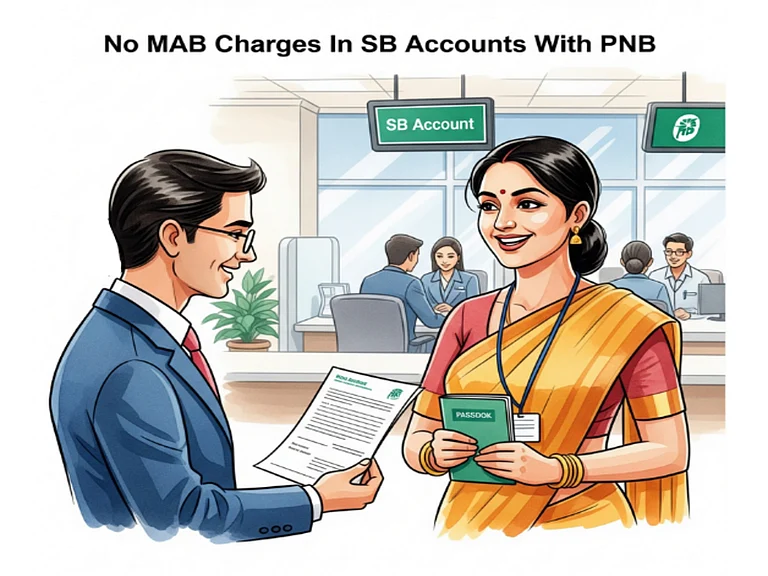When a bank approves a loan, it does so with the expectation that the borrower will repay it according to the agreed schedule. However, there are times when borrowers may struggle to make payments after fulfilling the initial instalments for various reasons. In such cases, banks will attempt to reach out to the borrowers to discuss possible solutions for recovery of the loan. If borrowers are unable to repay the loan, it is classified as a non-performing asset (NPA), which results in a loss for the bank. Therefore, banks begin following up as soon as a repayment instalment is missed, and employ all available measures to prevent the loan from becoming an NPA.
Loan Default: How Do Banks Initiate Recovery Process On Loan Defaults
A bank sanctions a loan on the promise that the borrower will repay it in accordance with the agreed loan schedule, but sometimes borrowers falter and don’t repay after a few instalments, either for reasons of financial crunch or wilful default. In such instances, banks initiate the recovery process either by increasing the tenure of the loan or through a judicial process as the case may be
Typically, when an instalment becomes overdue and is not paid in 90 days, it becomes an NPA. There are three categories of NPA:
• When an asset remains NPA for less than 12 months, it is termed a ‘substandard asset’.
• When an asset remains a substandard asset for12 months, it is called a ‘doubtful asset’
• An asset is treated as a loss asset when the bank considers the asset as uncollectible and only collectible for a very little value
What Does A Bank Do If Loan Repayment Is Delayed
When an asset is classified as an NPA, the bank initiates its recovery process. This process includes contacting borrowers via emails and phone calls to request for loan repayment. In some cases, banks may also engage recovery agents.
Adhil Shetty, CEO, BankBazaar.com, says, “The lender cannot take any actions, such as acquiring or auctioning your property or assets kept with the lender as collateral, without providing you ample notice of 30-60 days. If you are unable to reach an agreement with the bank during this period and the lender takes steps to auction the asset, they are mandated to get the valuation done from an approved valuer. This ensures that the repossessed asset is not sold at any price determined unilaterally by the lender.”
What Is The Loan Recovery Process?
When an asset is categorised as an NPA, banks start taking measures to contact the customer to find a way out to get the payment.
Shetty adds, "While the lender has the option to initiate recovery in case of defaults, RBI rules clearly stipulate that they should not resort to undue harassment, such as persistently bothering the borrowers at odd hours, use muscle power for recovery of loans etc.
“Recovery should normally be made only at a central designated place. Field staff shall be allowed to make recovery at the place of residence or work of the borrower only if borrower fails to appear at central designated place on two or more successive occasions.”
According to Reserve Bank of India (RBI) guidelines, banks may adopt both a non-judicial and/or a judicial route.
Under the non-judicial route, banks first find out whether it is a genuine default or a wilful case of default. Accordingly, they work out plans like loan restructuring (banks may extend the period of equated monthly instalments (EMIs) to reduce the monthly EMIs), offer a moratorium, or sometimes forgive the residual or a part of the loan. However, for someone with a lower credit score, the bank typically would not like to offer a moratorium or forgive the loan, and rather extend the EMI period. The bank most likely offers secured loans in such cases, and upon a default, the bank might sell the collateral.
In the judicial route, they take legal recourse and file suit against the defaulting borrowers in the courts of law. This route is time-consuming, and thus, banks typically take this route when the defaulted loan is of high value.
Recovery Agent Services
When a borrower defaults and there is no collateral, banks may take recovery agents’ services to reclaim the loan amount.
Previously, recovery agents often resorted to intimidation, even threatening borrowers to recover the loan. Considering this, the RBI has guidelines to lenders on the loan recovery process. According to the RBI notification dated July 1, 2011, lenders should not harass borrowers and should not persistently bother them at odd hours or use measures like muscle power for loan recovery. If such an incident occurs, a borrower can raise a complaint with the bank. It also stipulates that agents should carry the bank’s authorisation letter along with their identity card for borrowers to ascertain their identity.


